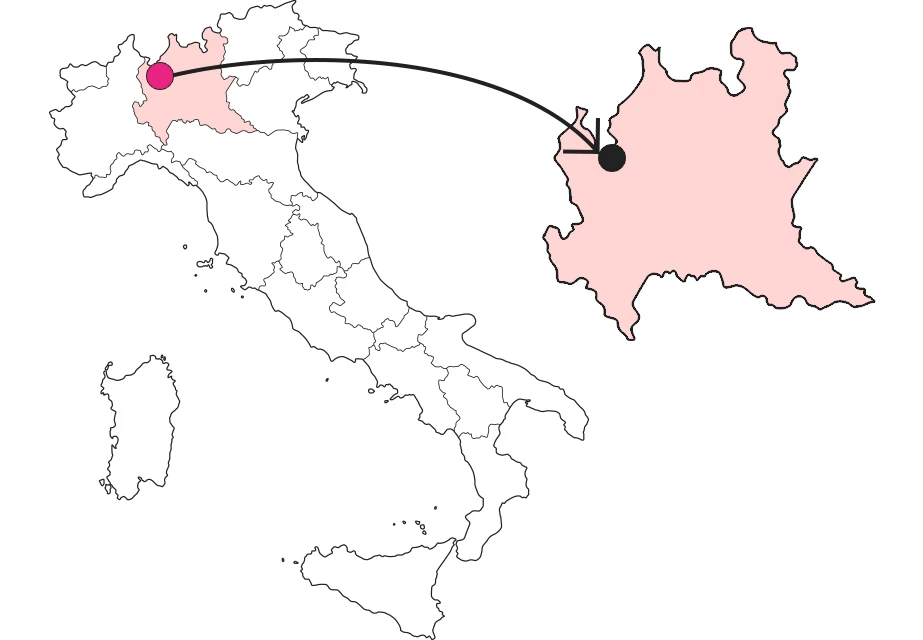



Insight: the silk industry in Canzo
Story of a local excellence and its impact on the area

Where

Insight: the Lombard silk industry and the Filanda Verza
The Fiume Foundation housed in Canzo's spinning mill is now a cultural hub in the heart of the village. But how was the Filanda Verza spinning mill born? Its history is a fascinating tale of growth and prosperity in the silk industry of the 17th to 19th centuries.
The silk industry in Canzo. It all began in 1667, when the silk industry was introduced to Canzo by the Marquises Crivelli, who began employing about 200 people. Over the centuries, Canzo became one of the most powerful manufacturing centers in Lombardy, thanks to the important contribution of the silk industry.
Carlo Verza and the spinning mill. By the mid-19th century, the silk industry had experienced a remarkable spread, and one of the main players in this growth was Carlo Verza 's company. The Verza spinning mill became an important enterprise with more than 1,300 employees. Its fame was so significant that it received a prestigious award at the 1855 Universal Exposition in Paris. This award was given for the importance of the industrial plant and for excellence in the art of silk production.
The silk complex also known as Villa Verza began operations in 1769 and remained in operation until 1936. When Carlo Verza moved to Canzo, he acquired forested and mulberry-growing land in the Cranno locality near the Vallategna waterfall and built the first spinning mill here, used the motive power of the Foce stream by diverting it to the factory through two collection gates.
The Verza's vision was to create a self-sufficient working-class community. To achieve this goal, he invested in the construction of modern and efficient workers' factories. In addition, within the spinning mill, space was dedicated for the care of infants and provided daily education for the women workers and their families. This initiative demonstrated the Verza family's attention not only to the production of high-quality silk, but also to the welfare and education of their employees.
The Verza spinning mill is, therefore, an emblematic example of the evolution of the silk industry in Vallassina, marking a period of economic growth and innovation, but also representing the challenges and working conditions of the time, which were anything but simple!
The history of the Filanda Verza is a living reminder of how the silk industry transformed the community of Canzo, bringing prosperity and significant change. The facility itself has become a place of continuous creative processes, where the past and present intertwine in a harmonious symphony of art and culture.

